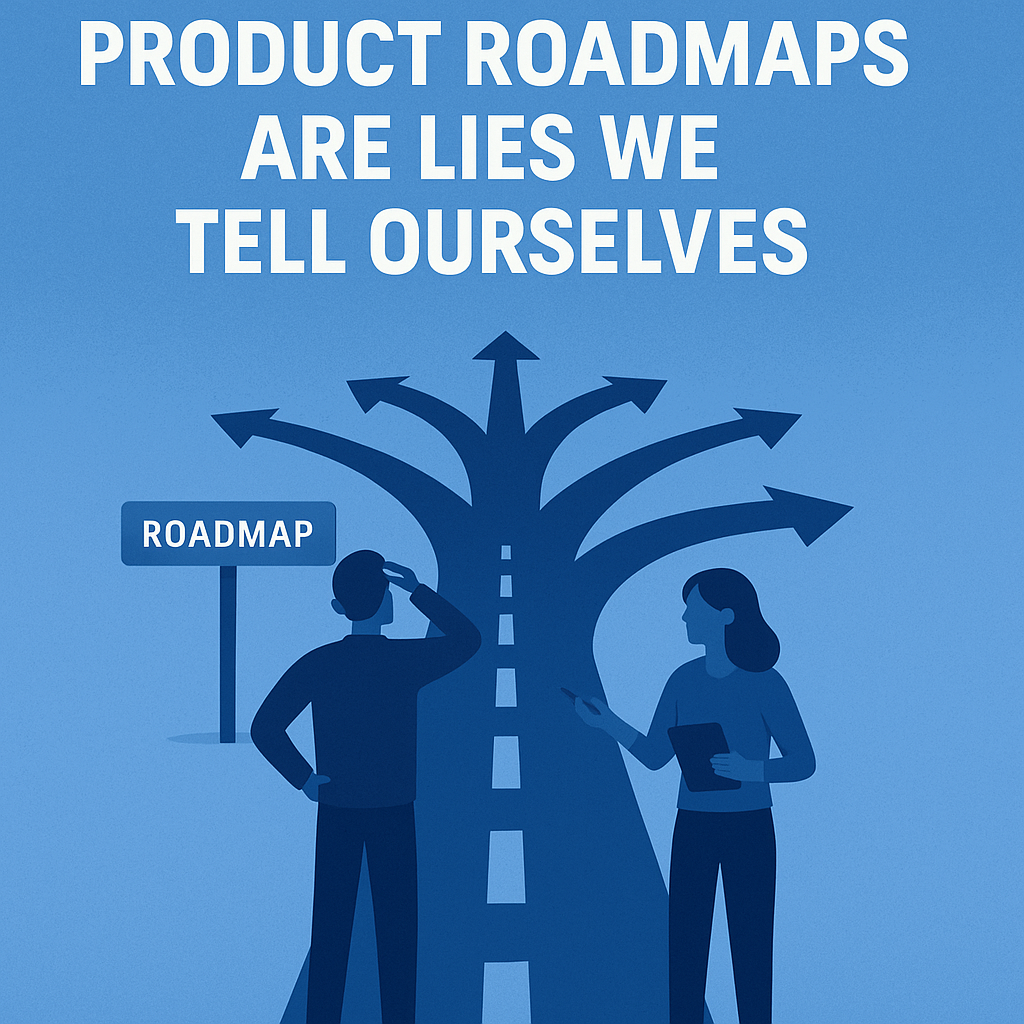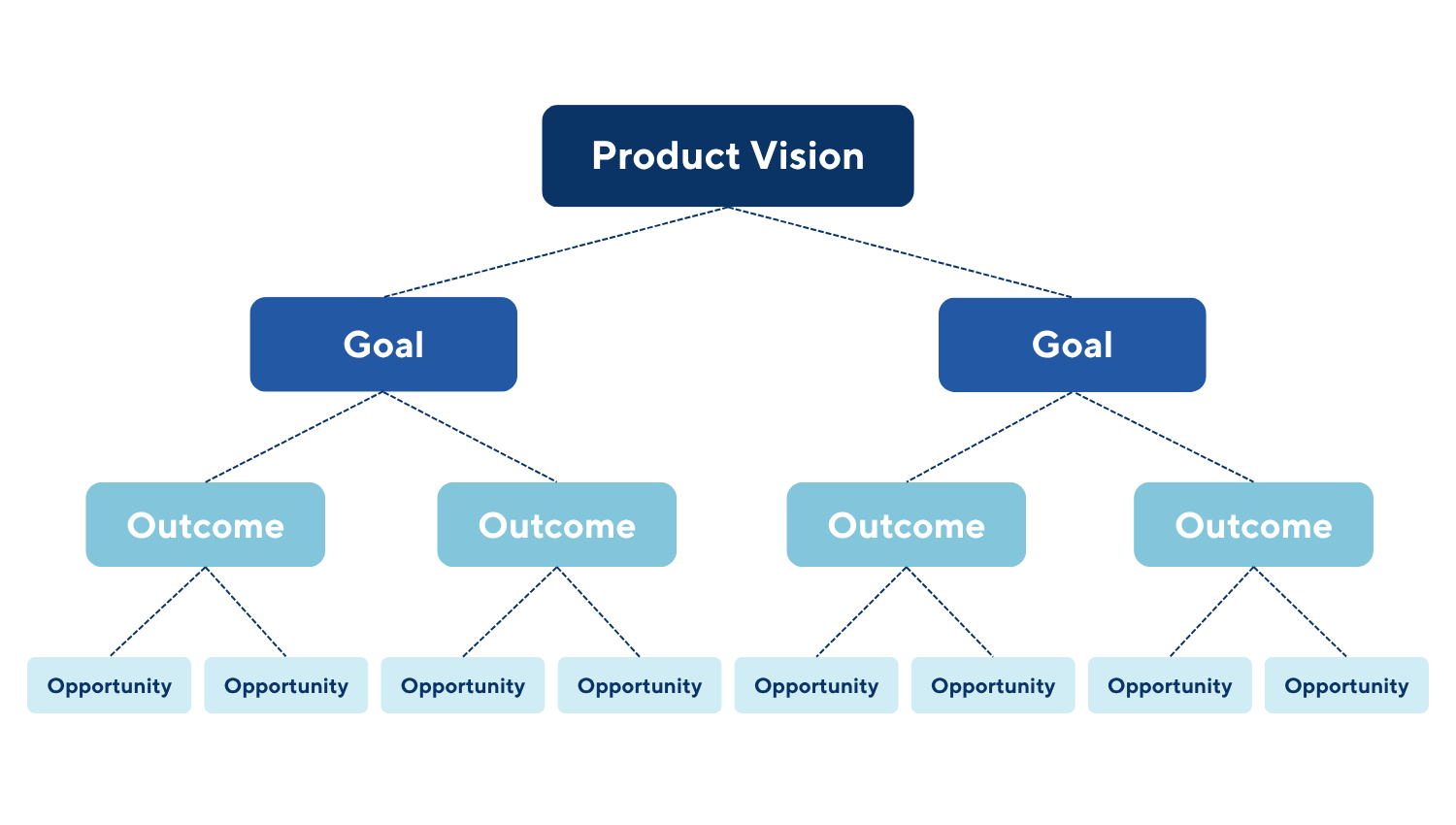The Ins and Outs of Email Marketing Conversion Rate
Email’s been around since the ‘70s, but don’t let its age fool you; it’s still one of the most effective marketing channels around. If you’re tracking your email marketing conversion rate, you already know how much power lives in a single subject line or CTA button. But if your campaigns are falling flat or you’re […]


Email’s been around since the ‘70s, but don’t let its age fool you; it’s still one of the most effective marketing channels around. If you’re tracking your email marketing conversion rate, you already know how much power lives in a single subject line or CTA button. But if your campaigns are falling flat or you’re just getting started, stick around.
You’re about to get the full breakdown—why conversion rate matters, what affects it, and how to improve it without annoying your audience or sounding like a robot.
Quick Takeaways:
- Your email marketing conversion rate is the percentage of recipients who complete a desired action.
- A good conversion rate usually falls between 2–5%, but that depends on your offer, audience, and industry.
- Strong email marketing strategies focus on value, timing, and personalization.
- Small changes—like subject line tweaks or button placement—can improve email conversion.
- You don’t need a massive list. You need the right message for the right people.
What’s an Email Marketing Conversion Rate, Really?
It’s not just about opens. It’s not even just about clicks. Your email marketing conversion rate tells you how many people actually do the thing you want them to do after reading your email. That could mean:
- Booking a demo
- Downloading an eBook
- Making a purchase
- Signing up for a webinar
If you sent the email to 1,000 people and 50 took action, your conversion rate is 5%. Simple math. What’s not so simple? Figuring out why only 50 converted and how to turn that number into 100.
Why Conversion Rates Matter
You can’t improve what you don’t track.
Your conversion rate acts like a performance report card for your emails. If your open rates are strong, but conversions are low, something’s going wrong between the subject line and the CTA.
It could be your offer.
It could be your copy.
It could be that your emails are landing in spam and your reader never even saw it.
Once you start tracking conversion rates across multiple campaigns, you’ll start to see patterns. You’ll know what messaging hits. You’ll know which days work best. You’ll know who’s ready to act—and who’s ghosting you.
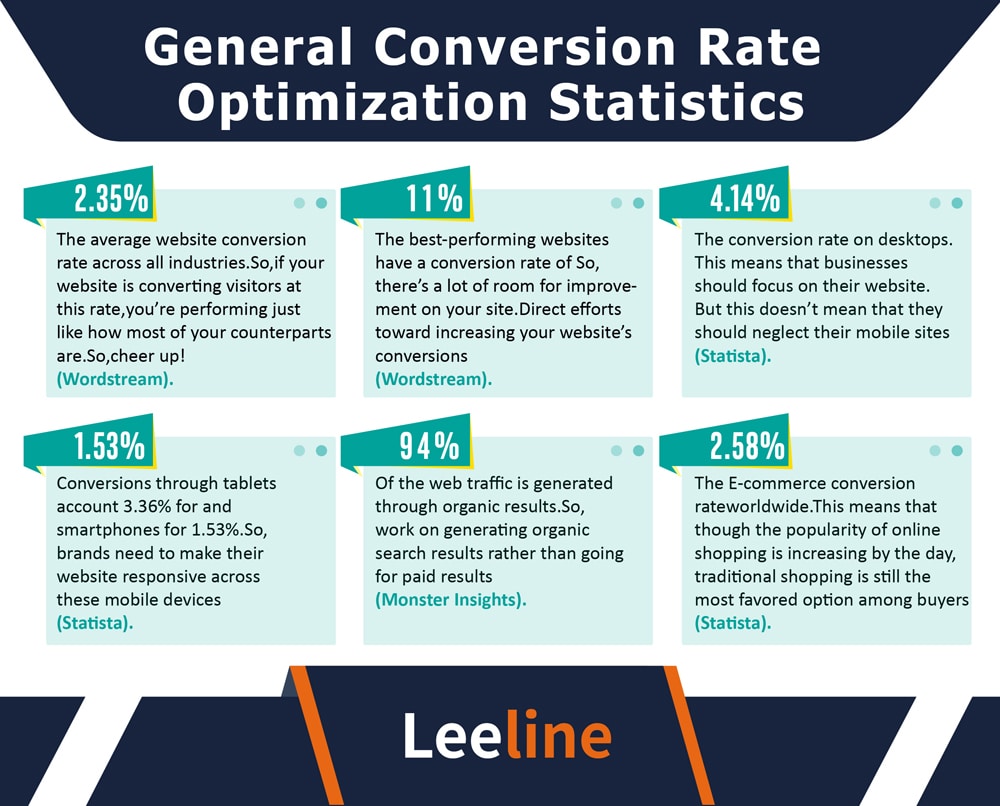
What’s a “Good” Email Marketing Conversion Rate?
Most benchmarks put a decent email marketing conversion rate between 2% and 5%. That doesn’t sound like much, but remember: these are people saying yes to something, not just reading and bouncing.
Industries vary. A B2B software email might see lower conversions than an ecommerce sale announcement, but that B2B lead is worth more over time. Context matters.
Instead of aiming for some arbitrary number, aim for consistent growth. If your last campaign had a 3% conversion rate, find ways to hit 4% next time.
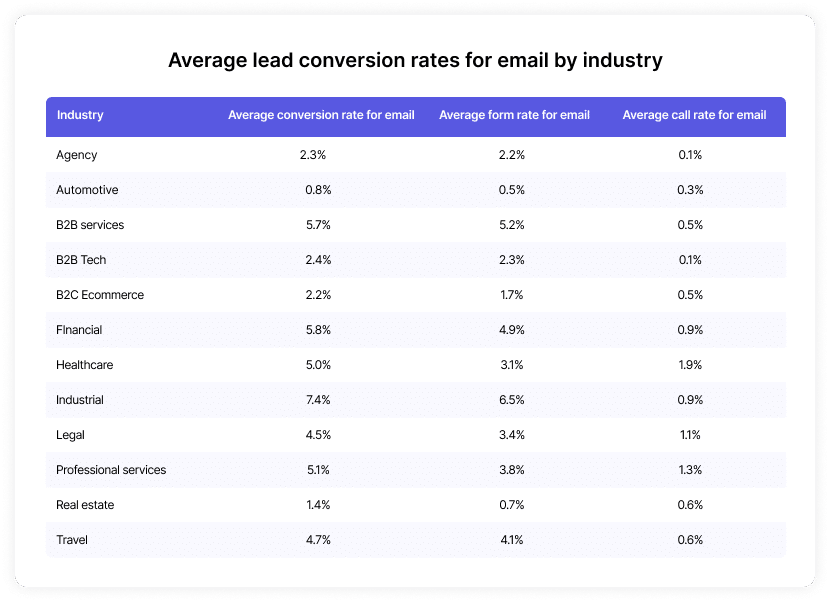
How to Improve Email Conversion Without Guessing
You’ve probably read a few email marketing strategies that tell you to “know your audience” and “write compelling subject lines.” Let’s go a step deeper. Here’s how to actually improve email conversion in a way that’s measurable.
1. Segment, Then Segment Again
Not every subscriber wants the same thing. One-size-fits-all emails kill conversion.
Use behavior data, purchase history, or even simple interest tags to create targeted segments. If someone downloaded a whitepaper about SEO, don’t send them an email about social media tips. That disconnect ruins trust.
Send the right content to the right people. Always.
2. Nail the Subject Line
You can’t increase email open rate if your subject line stinks. No opens = no clicks = no conversions.
Keep it short, clear, and curiosity-driven. Use action verbs. Avoid clickbait.
Test emojis or personalization. One subject line might tank while another hits 40% open rate. You won’t know unless you try both.
3. Don’t Bury the CTA
Your call to action should be obvious. Not hidden behind a vague link or lost in a wall of text.
Use buttons. Make them bold. And say exactly what the user gets when they click. “Get My Free Trial” works better than “Submit” because it tells your reader what’s next.
Email Marketing Optimization Tricks You Can Steal
You don’t need to rebuild your campaigns from scratch to see better results. Try these small tweaks and watch your email marketing conversion rate climb.
A/B Test More Than Subject Lines
Try different CTA placements. Test image-based emails vs. plain text. See what kind of messaging drives faster responses. Don’t rely on hunches.
Use Deadlines Sparingly (But Effectively)
Urgency works—but only if it’s real. Saying “Last Chance” on every campaign loses credibility fast. Use countdowns or limited offers with real expiration dates.
Use Fewer Words
Emails don’t need to be essays. People skim. Focus on one action and one benefit. Strip away fluff. Keep your content clean, concise, and scannable.
Think Mobile First
Most emails get opened on phones. If your design looks wonky on mobile, you’re done. Use big buttons, responsive templates, and short paragraphs. Test everything on your phone before hitting send.
The Best Email Marketing Strategies Focus on the Customer, Not You
It’s tempting to talk about your new features, products, or deals. But if your audience can’t see what’s in it for them, they won’t convert.
Frame everything around the customer’s problem. Then show how your solution makes their life easier.
A B2B campaign shouldn’t say, “Our platform includes new analytics features.”
It should say, “Tired of digging through spreadsheets? Get instant answers with our new analytics tools.”
Same message. Different mindset.
Why Email Still Works (And Isn’t Going Anywhere)
Sure, newer tools exist—text messages, chatbots, social DMs. But email holds its ground for one big reason: control.
You own your list. You’re not relying on algorithms to get your message across. And if your email marketing optimization game is strong, you can build a repeatable revenue engine.
You don’t need to send emails daily. You just need to send good ones.
With the right setup, email becomes a quiet powerhouse. It nurtures leads, supports customers, and drives conversions without breaking the bank.
How to Know When Your Email Campaigns Are Working
You’re not flying blind.
Watch these metrics to know if you’re making progress:
- Open Rate – Are people interested enough to click?
- Click-Through Rate – Are you hooking them with content?
- Conversion Rate – Are they taking action?
Track these consistently. Tweak one element at a time. See what moves the needle. You won’t win every campaign. But you’ll learn from every send.
Email Isn’t Dead. It’s Just Smarter Now!
You don’t need a massive list. You don’t need crazy graphics. You don’t need to write like Hemingway. You just need to write emails that matter. Emails that solve problems. Emails that respect your reader’s time. Emails that give your customers a reason to act.
Keep testing. Keep segmenting. Keep improving.
And above all—treat your email list like gold. Because when you get your email marketing strategies right, that list becomes your most powerful conversion tool.
If you’re unsure where to begin in your marketing process, Marketing Insider Group offers specialized services to create content, manage campaigns, and engage with your audience. Contact us today to learn more or book your free consultation with our team!

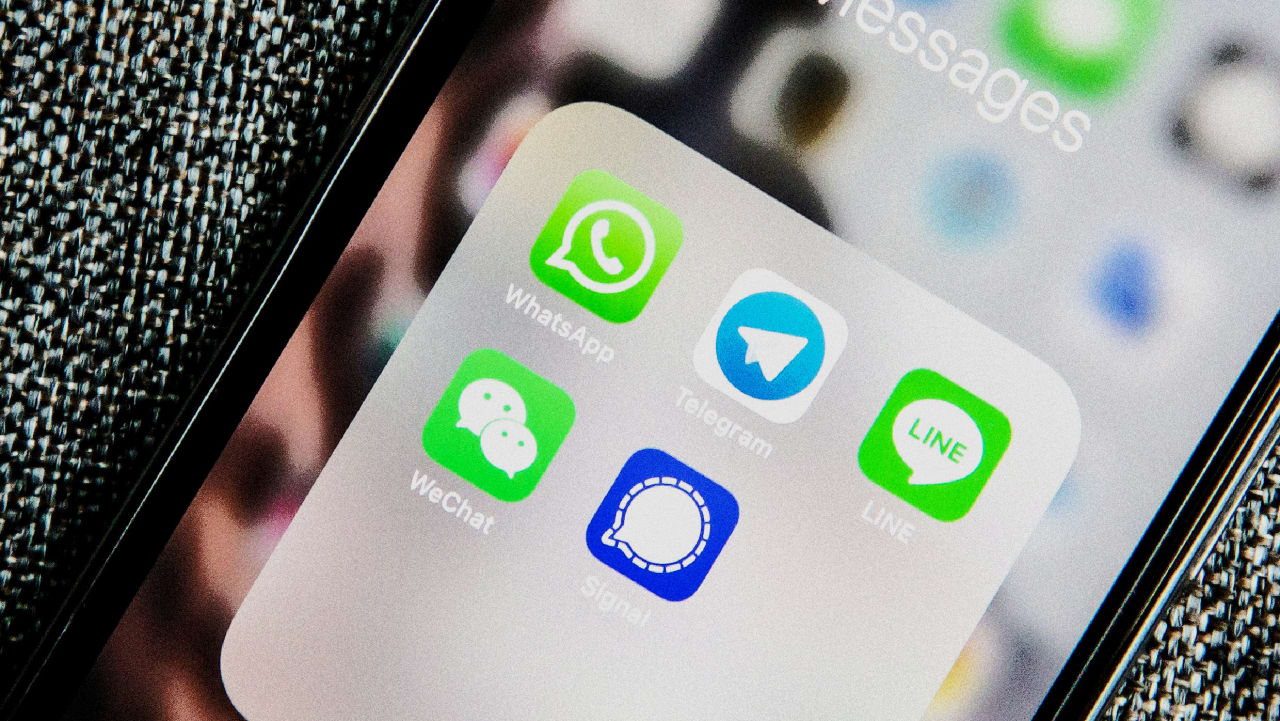































































![https //g.co/recover for help [1-866-719-1006]](https://newsquo.com/uploads/images/202506/image_430x256_684949454da3e.jpg)




